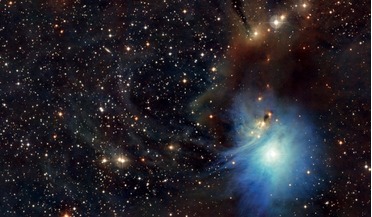 March 2018
Exploring the extreme universe
March 2018
Exploring the extreme universe
... could send instruments above the Earth to get a view from space. Photons at the higher end of the electromagnetic spectrum, i.e. gamma-ray wavelengths that have an energy range above a Mega electron volt ( MeV ), are one million...
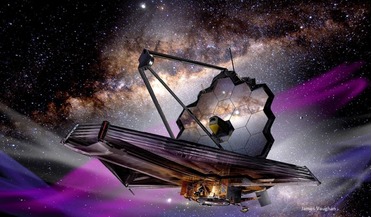 May 2022
Essential guide to the James Webb Space Telescope
May 2022
Essential guide to the James Webb Space Telescope
... JWST will see approximately the same level of detail as Hubble, but in a completely different part of the electromagnetic spectrum. Compared to Spitzer, JWST will see around 15 times more detail. Although higher resolution will prove revolutionary...
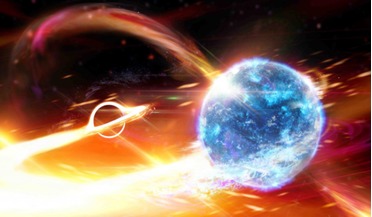 24 July 2020
A first of its kind white dwarf merger with a dense compact object discovered by students
24 July 2020
A first of its kind white dwarf merger with a dense compact object discovered by students
... of its kind, and only the second ever compact merger which has been observed via the electromagnetic spectrum. And now that the trio know what signal to look out for, more discoveries could follow...
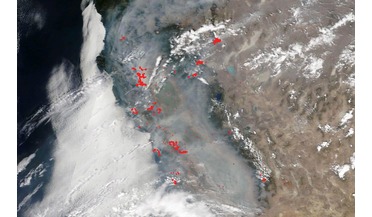 25 July 2022
Space Station payload to test superfast EO data delivery and AI analysis
25 July 2022
Space Station payload to test superfast EO data delivery and AI analysis
... and technology development potential. Hyperspectral imagery captured by satellites contains data from across the electromagnetic spectrum which, when analysed with artificial intelligence (AI), can be used to quickly identify events on the Earth...
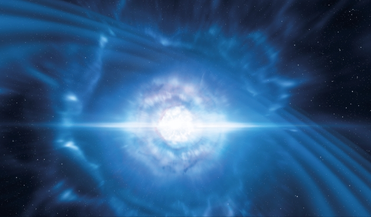 November 2019
Space kaleidoscope - towards a genuine multi-messenger exploration
November 2019
Space kaleidoscope - towards a genuine multi-messenger exploration
... 20th century, virtually all that could be learned about the Universe was from a tiny fraction of the electromagnetic spectrum that is visible to the human eye. Only when astronomers discovered how to collect light outside this part...
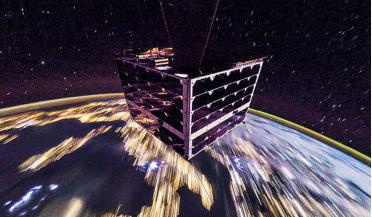 September 2023
A multifaceted approach to space sustainability
September 2023
A multifaceted approach to space sustainability
... the space environment. 2. Act in a manner consistent with the recognition that near-Earth orbits and the electromagnetic spectrum are limited natural resources that have to be used equitably, efficiently and rationally There has for a long...